One of the most effective ways to generate leads for B2B brands is by providing valuable content to your audience in the form of a lead magnet.
An eBook, podcast, worksheet or a white paper are some of the many types of resources your business can give away for free to convert leads, which is known as a lead magnet or a freebie.
If a person wants to get access to a lead magnet your company is offering they have to provide their email or other information about themselves in return.
Too often do organizations go through the process of creating and promoting a lead magnet to discover that in the end it didn’t drive any leads as it wasn’t of interest to their audience.
To avoid wasting your time and to actually generate more leads, follow this step-by-step process for creating a value-driven lead magnet that entices visitors to share their information.
Step 1: Brainstorm
Begin by brainstorming what the lead magnet’s topic will be, which is the most important part of the entire process. If you don’t select the right subject from the start than the lead magnet won’t be effective, regardless of how well any other step in the process is executed.
Identify what your audience wants to know about topic-wise, specifically what problems they are dealing with and how your expertise can provide a solution.
According to business consultant Kimra Luna, the biggest mistake businesses make when first creating a lead magnet is not interviewing their audience ahead of time.
“[Business owners and marketers] need to get on the phone, talk to people, and ask what their struggles are, said Kimra. And then, they need to create a freebie that solves one of their struggles,” she added.
Survey your audience, host a focus group, interview people one-on-one, monitor conversations on social media and more to listen to what your ideal customer needs.
After listening to the feedback of your prospects, make a list of the challenges they face and see which subjects align best with your organization’s expertise and offerings.
Next, break those broad subject areas down into specific topics as a lead magnet should only provide an answer to a single, specific question to the audience your company serves.
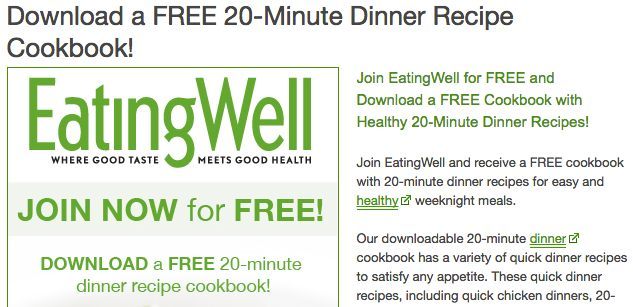
For example, EatingWell offered a lead magnet in the form of a cookbook featuring ‘20-minute dinner recipes’. This was a far more specific and effective approach to lead generation than if they simply shared a lead magnet focused on ‘dinner recipes’.
Step 2: Create
With a topic in mind, it’s time to develop the resource whether that requires writing a white paper, recording an audio file or otherwise.
Think about the formats of content your organization is equipped to create and most importantly, the type of content your audience is comfortable with consuming.
The rule of thumb for the length of an effective lead magnet is making it concise and actionable.
“Most likely, people opted in to get your lead magnet as an impulse,” said, David Boutin, the Content Manager at Social Quant. “Don't send them an encyclopedia. It will be a ton of work for you to create and they’ll probably take one look and drop it like it’s hot,” he added.
Create a lead magnet that is as long as it needs to be, whether that’s 500 words, five minutes of audio or otherwise. Don’t work towards a particular word count or time limit. Instead cover the topic in enough depth to ensure it’s genuinely useful for your audience.
Step 3: Package & Distribute
One of the most overlooked parts of the process is how your lead magnet is presented and shared with your audience.
Whether it lives on a landing page, is part of your email newsletter, is the focus of a Facebook ad or otherwise, a lead magnet needs to both explained and distributed to your intended leads.
When explaining your lead magnet, the small details of its packaging matter like the copy used on the landing page to access it, the image included and more.
The packaging should quickly explain what your lead magnet actually is and provide context as to how it can be used to your audience’s benefit.
Even if you have the most useful and impactful lead magnet in the world, if you can’t explain it concisely than no one will ever access it. Simply creating a lead magnet and publishing isn’t enough to get it seen by the right people you’d like to reach.
Here are a few examples of how others packaged their lead magnets:
- Michael Hyatt’s Inside My Toolbox PDF - This lead magnet is explained concisely in an article and the cover for the PDF has an engaging headline that further emphasizes its subject. The fact that the author is a New York Times bestseller is included on the cover as well to further establish the credibility of the information shared in the resource.
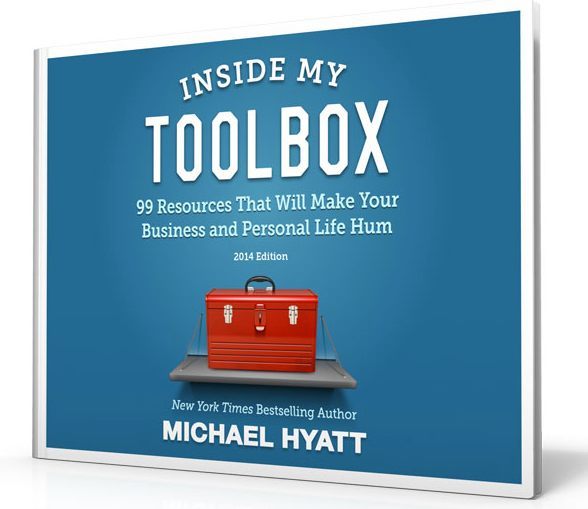
- Less Accounting’s Guide to Invoicing - The software company has a pop-up included on their homepage prompting visitors to download their latest guide on how to effectively invoice clients. The pop-up quickly articulates what the resource is about with the headline and the copy included explains why the document is worth downloading, especially with the mention that it’s a quick five-minute read.
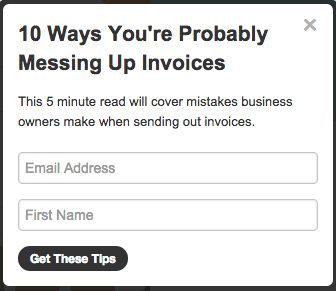
- Cardinal Path’s Webinar on Marketing Budgets - To access the company’s webinar on crafting a marketing budget, viewers must fill out a form on a landing page that includes copy about the resource as well as photos of the presenters and their titles to both humanize them and add credibility to their perspective.
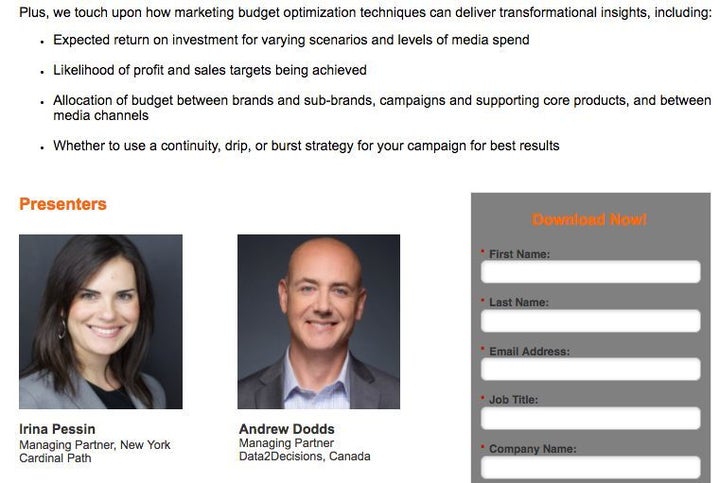
When distributing your lead magnet think about the channels your audience spends the most time on and get active there to alert people to the value of your resource.
For your organization this might mean getting active on Facebook, an industry blog or a popular newsletter. Here are a variety of ways other organizations have promoted their lead magnets:
Feature a lead magnet on social media - Consider the variety of ways social media can drive attention and conversions from your lead focused resources, whether pinning a link to a lead magnet on your profile, paying for an advertising campaign or working with a social media influencer in your niche.
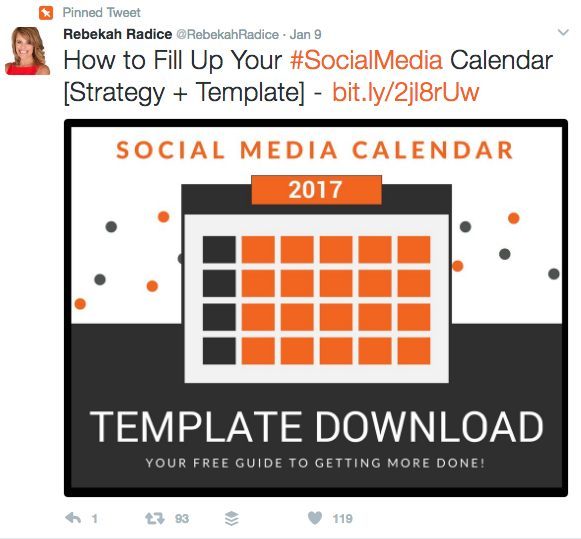
Include a CTA in another format of free content - Another effective method for driving conversions is by advertising your lead magnets within your free content. Add links or a banner call-to-action about your resource within a blog post or mention your latest downloadable worksheet on an episode of your podcast.
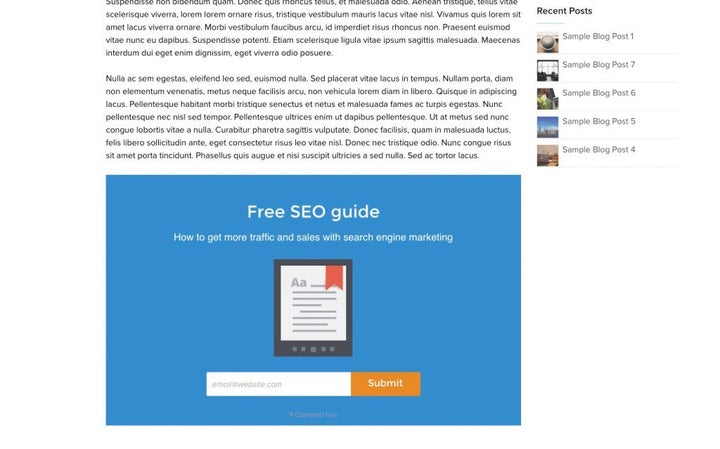
Invest in sponsored content - Sponsored content or native advertising is when a business promotes their content on a third party channel which resembles the editorial content typically shared there. Pay to have your resource distributed in front of a relevant audience within a publication, email newsletter, podcast or elsewhere. For instance, leading B2B brands often pay to promote their content in eMarketer’s newsletter.

Consider how your brand will collect the leads driven by this resource as well, which entails using a platform like Jumplead to manage, automate and measure the process.
From start to finish, the promotion of your lead magnet should take up 60% of your time as compared to 40% dedicated to its creation.
Step 5: Analyze
To accurately determine whether your lead magnets are worthwhile, measure the number of leads you’re generating per resource and determine their quality.
Jumplead and similar lead generation focused platforms make it easy for marketers and business owners to determine the number of leads a particular lead magnet drove.
However, determining the quality of the leads you’ve collected is more complex as it’s not clear at first sight whether a new lead will convert or not in the future.
To measure the quality of your leads, apply a score to each lead based on the type and amount of information supplied about themselves and the behavior they’ve exhibited on your website.
A version of this column previously appeared on the Jumplead blog.
Brian Honigman is a content marketing and social media consultant and the CEO of Honigman Media. Download his Content Marketing Style guide to learn how to create content people will actually read and share.
